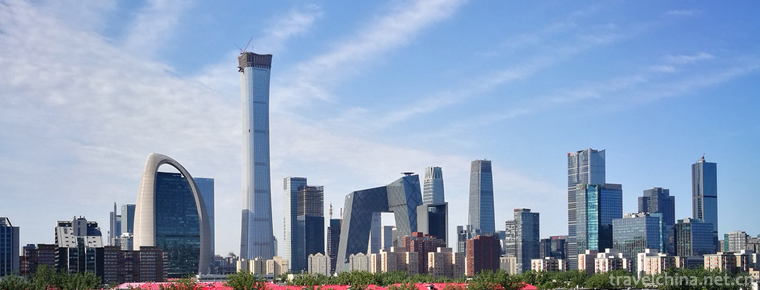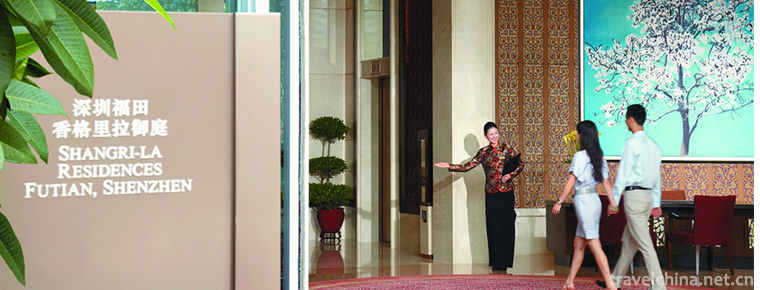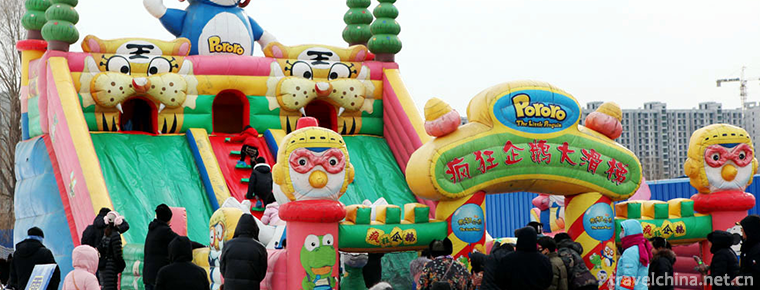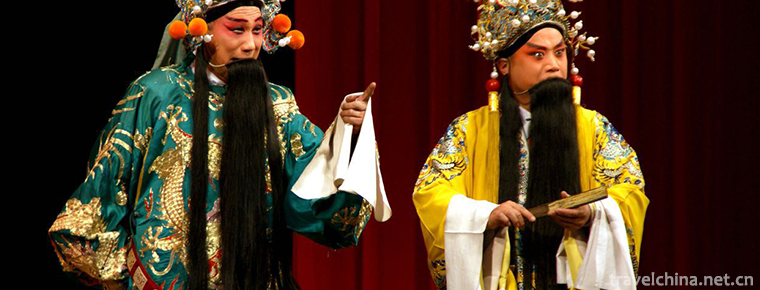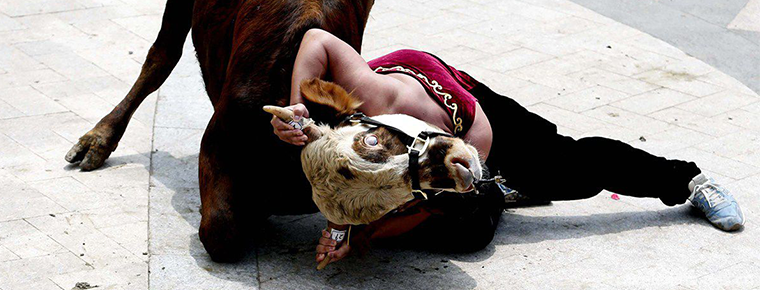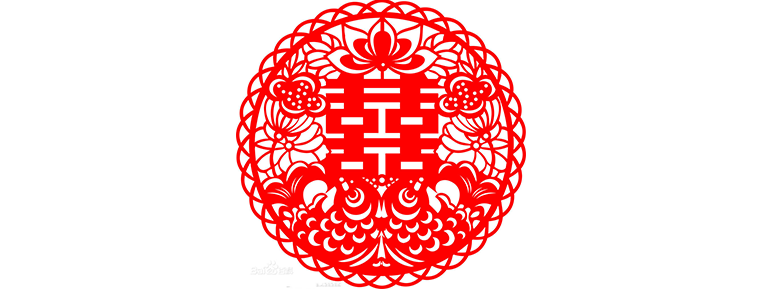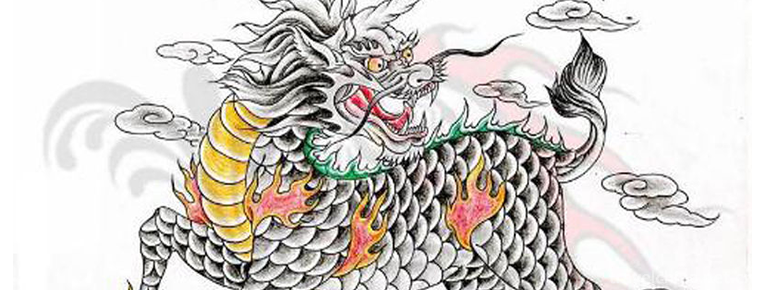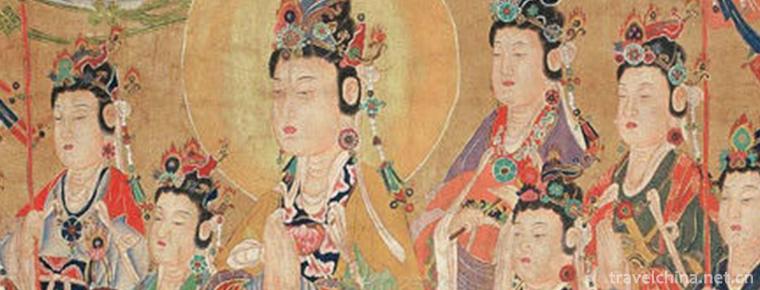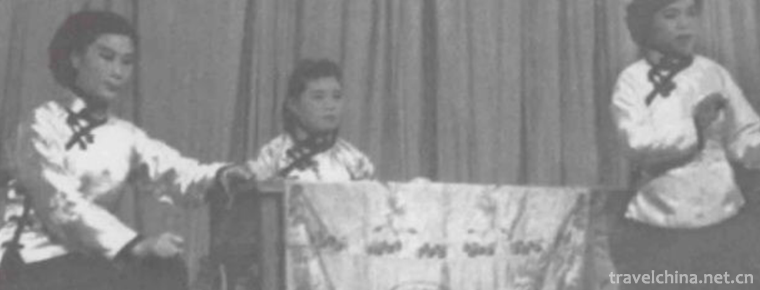Xinyang Folk Songs
Xinyang Folk Songs
Xinyang Folk Song is the traditional folk music of Xinyang City. Xinyang City, known as the hometown of song and dance in Henan Province, has a rich stock of traditional folk music, dance and other traditional cultures, which are different in style from other regions in Henan Province north of the Huaihe River. Before the founding of the People's Republic of China, there was a great change, that is, some new elements of music and dance were added to the traditional folk music and dance in the original state to form the so-called new folk songs and dance; after the founding of the People's Republic, there were two "literary and artistic collections" in 1978, and the folk songs and dances in the original state changed in the process of preservation and protection. Pure primitive traditional music and dance are rare. Instead, based on the original folk music and dance materials, a group of music and dance programs have been created.
On June 7, 2008, Xinyang Folk Songs were approved by the State Council to be included in the second batch of national intangible cultural heritage lists.
historical origin
Xinyang Folk Song is a rare treasure in Henan culture, which integrates Yuyun and Chufeng. It has not been proved since when it originated. Just like the whole history of human singing, its origin has more than ten hypotheses, such as Darwin's theory of sexual desire, imitation, rhythm of labor, emotion and shouting.
According to legend, in ancient times, the Huaihe River Basin inhabited the Dongyi Group led by Shaohao. They took birds as totem, believed that birds were the incarnation of gods and the messenger of communication between gods. They listened attentively to the singing of birds and thought that it was the voice of gods.
Subsequently, the ancestors of Huaidi sprouted the consciousness of "witch" (dance) in the flight of birds.
Later, a man named Chengtang, born in Dongyi Group, established the Shang Dynasty. His interest became a national cultural feature. Businessmen "like singing and dancing, worship ghosts and gods." From Shang Dynasty to Zhou Zhichu, the ancestors of Huaidi believed in gods and ghosts, and the witchcraft was very flourishing, which objectively developed the primitive singing and dancing.
During the Warring States Period, the music in Xinyang area had already used the twelve-tone scale which was close to the twelve-average-temperament, which laid the foundation for Xinyang folk songs. This is a glimpse of the bells of the Warring States Period unearthed in the Chu Tomb of Changtaiguan No. 1, Xinyang, in 1953.
It can be imagined that among the ancestors of Huaidi, there was a man who first imitated the singing of birds, then he occasionally sang several sounds, felt good, and sang loudly again. The rock wall responded to his song, which made him very excited. So he sang several sentences that he had just sung in succession, and controlled his song according to his will, singing the tune he wanted to sing. This means that he has been able to create melody, let the combination of tones occur for the purpose, and the form has become complex. It completely surpasses the singing of a bird at the same pitch or at the same group of pitches. The most basic and typical characteristic of human singing is the conversion of music. This man is the first singer of Xinyang. His song echoing among the rock walls is the first folk song of Xinyang.
artistic characteristics
Xinyang folk songs can be roughly divided into more than ten kinds, such as revolutionary historical love songs, folk songs, new folk songs, chants, folk songs, field songs, water songs, lantern songs, hawking, minor, children's songs, political songs, ritual songs, narrative songs, etc. They profoundly and vividly reflect the lives, thoughts, feelings, will and aspirations of the people of Xinyang, reflect the social practices of different regions and different times in Xinyang, and are the crystallization of the collective wisdom of the people of Xinyang. Although they have been trained by thousands of efforts, they are constantly bringing forth new ideas.
During the census of Xinyang folk dance in the 1980s, there were more than 80 kinds of dances, more than 120 performing forms, more than 400 traditional programs and more than 3350 performing class clubs, accounting for more than one third of Henan's dance performance clubs.
In May 1984, Henan TV took Xinyang Folk Song as the main subject to shoot the music feature film "Songxiangxing" (episode I and II), which was broadcasted on CCTV in November of the same year and re-broadcasted in the international joint broadcasting program of the station. There are 224 Xinyang folk songs in Henan Volume of Integrated Chinese Folk Songs. Famous Xinyang folk songs include "Osmanthus Blossom in August", "Send Lang to the Red Army", "Flower sedan chair to the door", "Car Water Song" and so on.
In 1989, Henan TV also filmed the TV art film Emotional Dabie Mountain with Xinyang folk songs and dances as its content and broadcast it on CCTV for many times. Famous Xinyang folk dances include flower pick, flower fan, umbrella, fire lady, lion dance, spring bull dance, bamboo and horse dance, dry boat, dragon lantern and so on.
Melody Characteristics
Xinyang City is located in the southern edge of Zhongzhou. It also borders with Hubei and Anhui. This has formed the unique linguistic characteristics of Xinyang area, which has both the linguistic charm of Hubei Province and the elements of Zhongzhou Language. Thus, the folk music language of Xinyang area has a rigid and soft style. From the melodic line, folk songs popular in the southern mountainous areas, with homophone repetition and four, five, seven, eight or even ten degree jump more people, a wider range, emotional unrestrained, fresh and bright, you can feel that rough, robust characteristics. At the same time, it portrays the heroic image of the people in mountainous areas who are diligent, brave, brave and brave in struggle. Such as "December Point", "Stone Mink Chant", "Playing Chess Tune" and so on.
The melodies of folk songs in Huaihe River Basin and hilly areas in the central part of China are mainly composed of progressive melodies and large fluctuations of melodic lines. Its characteristics are smooth rhythm, smooth tone, slow speed, graceful and moving, exuding a strong local flavor. Sometimes it is exaggerated with other interesting linings. Make these minors more plain, humorous and interesting. Such as "Six Immortal Songs", "Flower sedan chair to the door", "Beautiful mountains and rivers as picturesque" and so on. There are also some folk songs that break down chords and show happy mood. Such as "grab eight sentences", "slow cattle" and "Mr. Zhang begs for money" and so on.
Scale characteristics
The pentatonic scale plays a dominant role in Xinyang folk songs. A full scale of seven tones has not yet been found. In a few folk songs, such as "piercing heart tune" and "selling firewood tune", although there are clear-angle and palace-changing sounds, these five external sounds have a short time value. Most of them appear in weak beat or are used as passing tones. To a large extent, they are only the function of prayer decoration and foil. The basic framework of their melody does not lose the essence and characteristics of the five voice scales.
Representative Works
His representative works such as "Harvest Happiness", "An Umbrella", "Mountain Fishing Song" and "Gong, Drum and Nuo Yang" have won prizes in national performance and performance competitions. In addition, there are some music performance forms and programs in Xinyang traditional culture, such as "Huangchuan Gong and drum", "Shangcheng silk string" and so on.
Inheritance Significance
It is understood that many valuable traditional ballads have gradually disappeared because no one sings or sings for a long time. Even in a town with folk songs, about half of the villagers in the town go out to work, and most of them stay at home to buy houses and do small businesses in the county. Their children go to school in the county. They don't even know what folk songs are, let alone sing folk songs.
This is not only the embarrassment of traditional culture encountering modern civilization, but also a new subject of social progress and inheritance of tradition.
It is undeniable that some traditional ballads need to be sung in certain occasions and activities. By analogy, today's young people no longer have the mood and environment to express their love by singing like their predecessors. Calling, surfing the Internet or dating directly are more direct to the theme of love, so love songs gradually disappear. Another example is the water car song. Today, the times have developed. Don't talk and sing the water car song. Even the water car that once provided the water car song for thousands of years can only be found in the museum. At the same time, due to the increasingly rich cultural and entertainment activities, singing folk songs is no longer the main way of leisure, and it is inevitable that folk songs are neglected.


-
Wenchuan Special Tourist Area
Wenchuan Special Tourist Area is a memorial and cultural theme scenic area specially developed after the reconstruction of the Wenchuan Earthquake on May 12, 2008.
Views: 206 Time 2018-12-12 -
Futian Shangri La Hotel Shenzhen
The second Shangri-La Hotel Group, Shenzhen Futian Shangri-La Hotel, is located in the downtown area of Futian Business District. It can easily reach Shenzhen Convention and Exhibition Center, large s.
Views: 673 Time 2018-12-16 -
Crab Island
Crab Island Green Eco-Resort is based on agriculture, characterized by villages, with environmental protection, green, organic and healthy as the solid connotation of tourism and vacation. .
Views: 126 Time 2019-02-25 -
Xinjiang Tianshan
Tianshan Mountain in Xinjiang, the eastern part of the Tianshan Mountains, is also the main part of the Tianshan Mountains and the world natural heritage. Tianshan Mountain is one of the seven major m.
Views: 181 Time 2019-02-25 -
North Road Bangzi
Bangzi, also known as Shanglu Opera, is a local traditional drama in Datong, Shuozhou, Xinzhou and parts of Inner Mongolia and Hebei in northern Shanxi Province. It is one of the national intangible c.
Views: 152 Time 2019-04-04 -
Bullfight
Bull-wrestling is a traditional competitive sport of the Hui people. It means throwing, wrestling and throwing. It can also be called bullfighting of the Hui people..
Views: 100 Time 2019-05-01 -
Paper cut art
Chinese paper-cut is a kind of folk art that uses scissors or carving knives to cut patterns on paper, to decorate life or to cooperate with other folk activities. In China.
Views: 291 Time 2019-05-05 -
Legend of Kirin
The legend of Kirin is mainly spread in Jiaxiang County of Shandong Province and its surrounding areas. Kirin is an auspicious God and animal in ancient legends. Ancient books say .
Views: 126 Time 2019-06-10 -
Surface painting
Water and land painting Festival is a traditional religious painting. Originated in the Three Kingdoms Period, Buddhist monasteries prevailing from the Jin Dynasty to the Yuan, Ming and Qing Dynasties.
Views: 303 Time 2019-06-15 -
Wulin Diao
Wulin Diao evolved from the folk propaganda of Baojuan and formed in the late Qing Dynasty. The performance form of Wulin tune is mainly sitting and singing, which combines narrative and singing. One .
Views: 385 Time 2019-06-30 -
Science and technology of Panzhihua
In 2018, there were 2865 patent applications in Panzhihua. The output value of high-tech industry reached 53.1 billion yuan, and 2015 science and technology projects were arranged, including 780 high-tech projects, 320 new high-tech projects in that year, and 16 science and technology.
Views: 341 Time 2020-12-14
